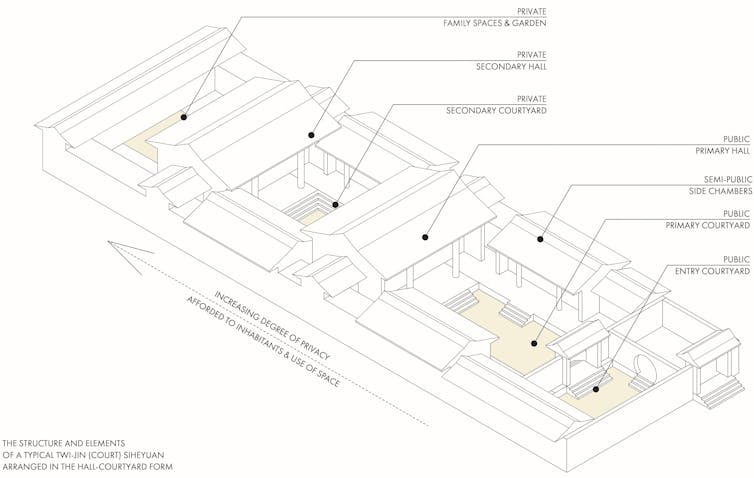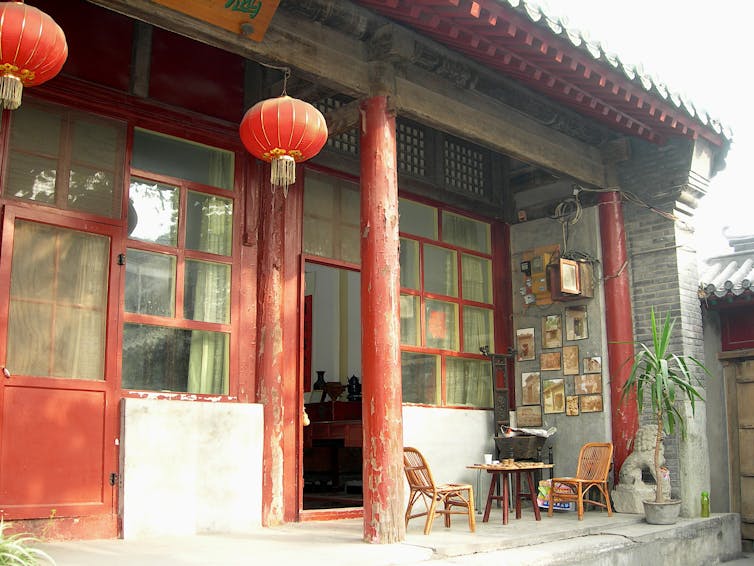How Chinese courtyard housing can help older Australian women avoid homelessness
Many older women are in desperate need of affordable housing where they can age in place securely, with dignity and as part of a community. The siheyuan model offers ways to meet these needs.




